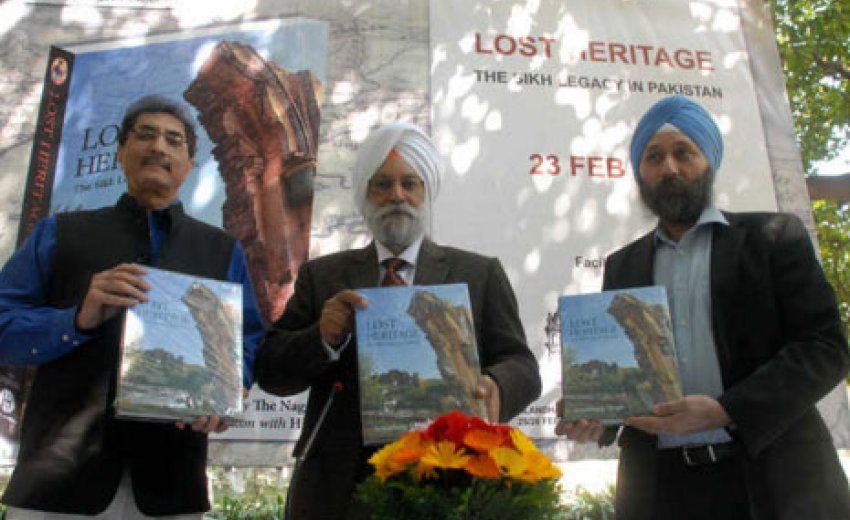
Gunbir Singh, president, Dilbir Foundation, said, “Amardeep’s work is indeed a celebration of the majesty of the Sikh era, much as it is a lament against man’s roughshod tread. It is nevertheless a document which is a keepsake for all touched by our legacy,” he added.

